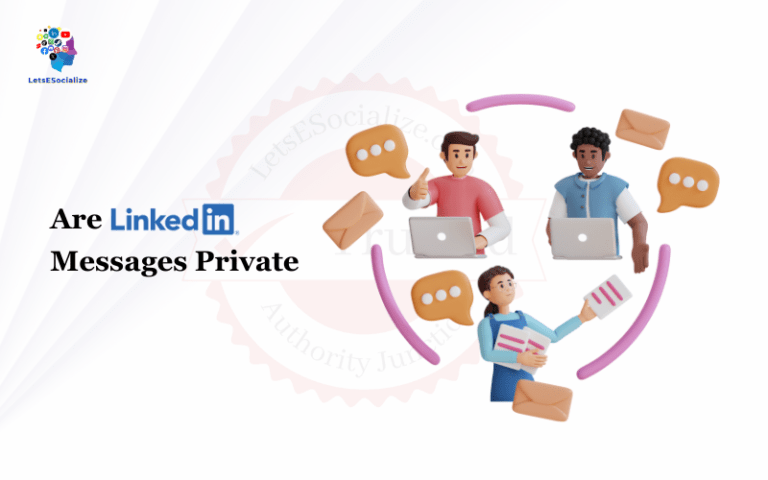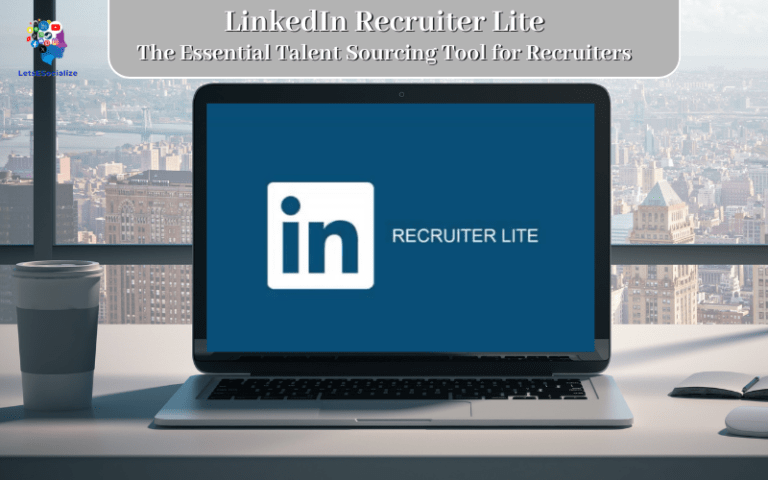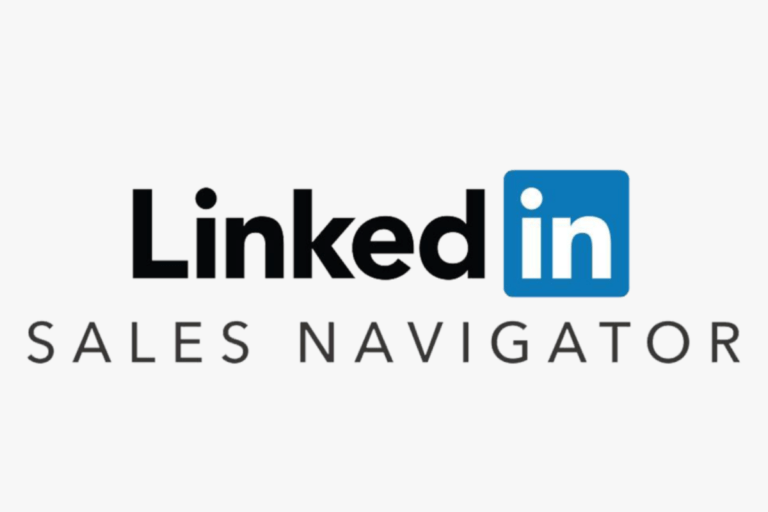But where do you start? How can you optimize LinkedIn to effectively gain customers, partners, leads, and market insights, and grow your company?
In this complete guide, I’ll share step-by-step frameworks, tactics, and tips to master business development on LinkedIn across areas like lead generation, sales enablement, partnerships, employer branding, and market research.
Table of Contents
LinkedIn’s Business Development Potential

Here’s a quick snapshot of LinkedIn’s vast business development potential across functions based on the platform’s sheer scale and professional user base:
- Lead Generation – Rich profile data enables accurate targeting of prospects relevant to your solution. The network ecosystem makes it easy for quality leads to organically engage.
- Customer & Partner Management – Direct access to decision-makers at target accounts as validated customers. Can nurture relationships over the long term.
- Partnerships & Channel Development – Discover partners via interest/skill overlap. Jointly reach a wider audience by showcasing solutions together.
- Content Marketing & SEO – Build own and company’s authority via content. Improve discoverability in B2B buyer searches.
- Competitive Intelligence – Track competitor moves, offerings, and employees to inform your strategy. Identify new expansion opportunities.
Of course, this just scratches the surface of the opportunities. Now let’s deep dive into tactics to capitalize on this potential across core business functions…
Also Read – What is the risk associated with using LinkedIn mainly for self-promotion?
Generating Quality B2B Leads on LinkedIn

Let’s start with lead generation as that’s often step one before you can expand business relationships. Here are systematic approaches to drive quality inbound leads:
1. Identify Your Ideal Customer Profile
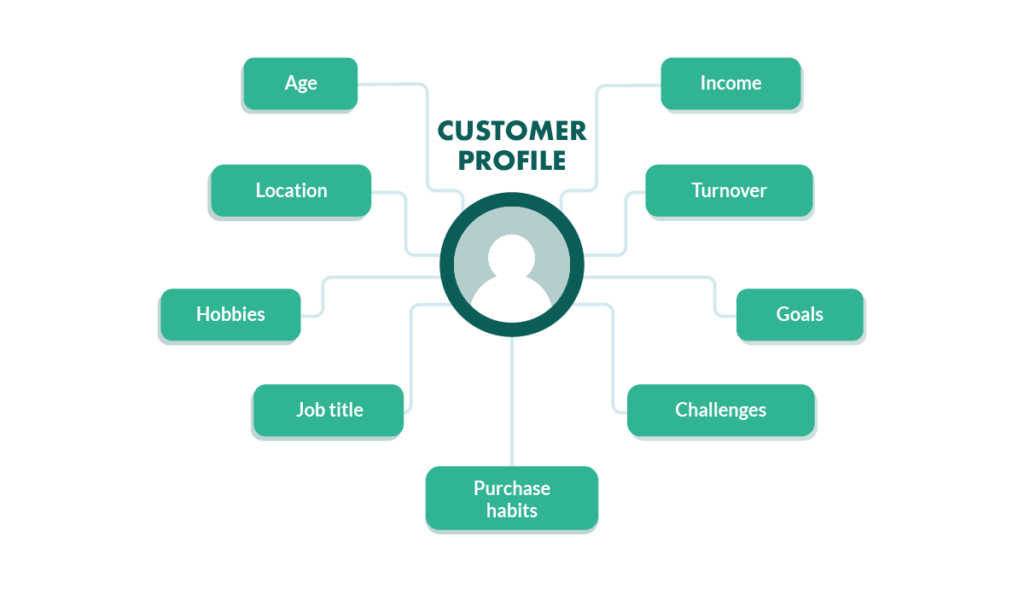
Start by getting crystal clear on your ideal customers. Key facets like:
- Demographics like title, seniority, industry, company size/type
- Psychographics like challenges, goals, motivations
- Firmographic traits like tech stacks, tools used
Define your total addressable market to pursue. This ensures targeting quality over quantity.
2. Find Your Prospects on LinkedIn
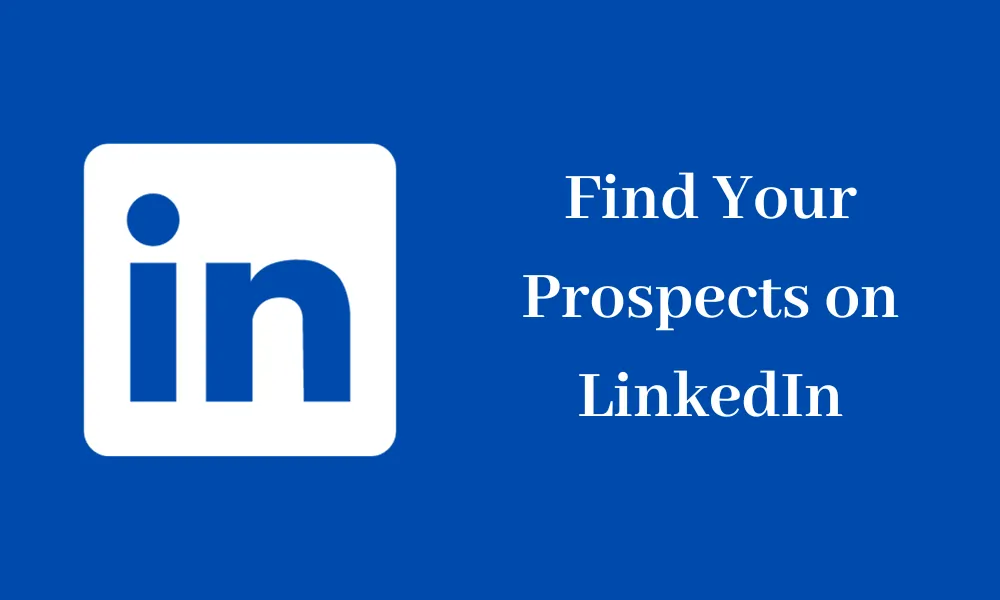
Leverage LinkedIn’s robust search functionality to identify named accounts and contacts matching your ideal customer criteria.
You can search by:
- Company (name, size, industry)
- Job Title & Function
- Skills, Technologies Used
- Geography
- And combine filters like title AND company AND skill etc.
Save these searches to curate targeted lead lists and export them into your CRM for proactive nurturing.
3. Optimize Your LinkedIn Presence

As prospects discover you on LinkedIn, ensure your personal + company presence catches their attention and interest to drive engagement. Key optimizations:
Profile
- Keyword optimized headline and about section conveying value prop
- Media-rich content – relevant posts, articles, videos
Company Page
- Compelling products/services overview
- Employee advocacy showcasing culture & values
- Spotlights key customer logos
Fine-tune to align with buyer needs and attract aligned prospects into your funnel.
4. Proactively Message Prospects
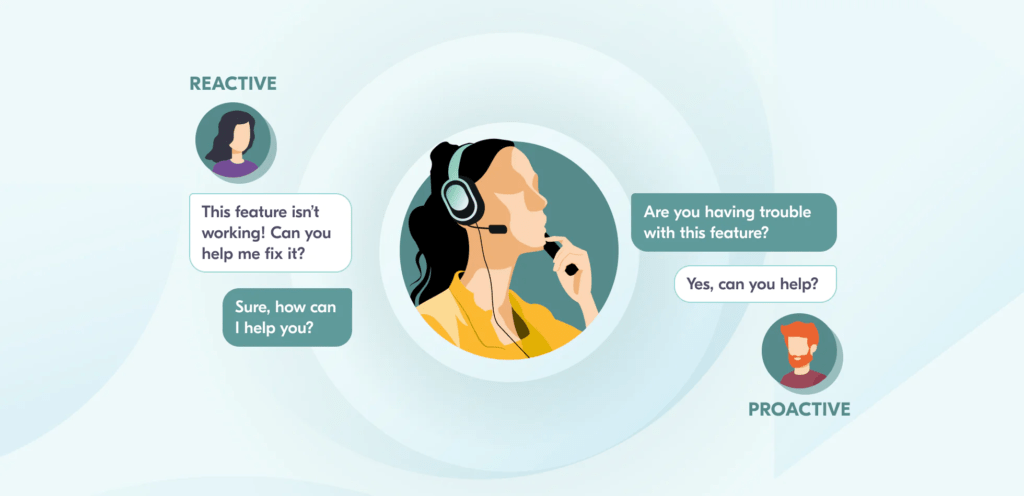
Don’t just wait for prospects to come to you. Once you identify and prioritize targets, reach out to them proactively via:
- LinkedIn Connection Request – Personalized to convey shared alignments.
- InMail Message – Share valuable content tailored to their needs.
- Content Offer – Provide a link to relevant collateral upon connecting.
Response rates vary but a high-touch approach is key vs mass spray and pray communication.
5. Create & Share Engaging Content

Build credibility and organic discoverability for long-term inbound lead flow by consistently creating & sharing content like:
- Industry Trends & Insights
- Case Studies
- Product Demos
- Checklists & Guides
Publish these directly on the LinkedIn feed or the Company Page as native posts. Repurpose content from a website and optimize it with relevant hashtags.
This attracts prospects already seeking related solutions rather than needing to find them in advance. Curate content libraries to nurture visitors.
So in summary – identify and proactively nurture hyper-targeted prospects while attracting a wider net through optimized content visibility over time. This drives the inbound lead gen flywheel effect.
Also Read – How to Ethically Steal Competitors Audience on LinkedIn
Managing & Expanding Customer Relationships

Beyond just lead gen – let’s discuss how to leverage LinkedIn’s direct access to contacts across entire target accounts for customer success:
Research Your Accounts 360°
LinkedIn provides full org charts and insider insights to analyze existing customer & prospect accounts holistically.
Key insights on:
Contacts – Details on all stakeholders and influencers. Helps navigate politics.
Former Employees – Inside perspectives from ex-employees on culture, challenges, successes, etc at the company.
News & Updates – Breaking developments, leadership changes, funding events, mergers, etc that impact relationships and trajectory.
Build a more strategic account management approach based on full context.
Proactively Grow Within Accounts
Don’t limit yourself to just your main buying contact. Expand relationships across wider stakeholder groups like:
Champions – Engage users, IT, and line of business contacts that love your solution internally to drive expansion.
Influencers – Connect with finance, execs, and decision makers that impact purchase decisions.
Foster relationships, and share intel and collateral to extend value more broadly at the account.
Showcase mutual success
Social proof of the value you drive at key accounts boosts credibility. Promote shared accomplishments like:
Case Studies – Create compelling Customer Success Stories highlighting the challenges addressed, KPI improvements, etc thanks to your solution.
Testimonials – Gather striking quotes from senior execs at the account testifying about your product and partnership.
Badges – Display badges like “Customer” proudly on your LinkedIn profile and company Page to showcase logos you work with.
This builds authority and trustworthiness to attract more customers.
So in summary – tap into LinkedIn’s unmatched intel and access to contacts across entire accounts for more strategic success and growth.
Forming Strategic Business Partnerships
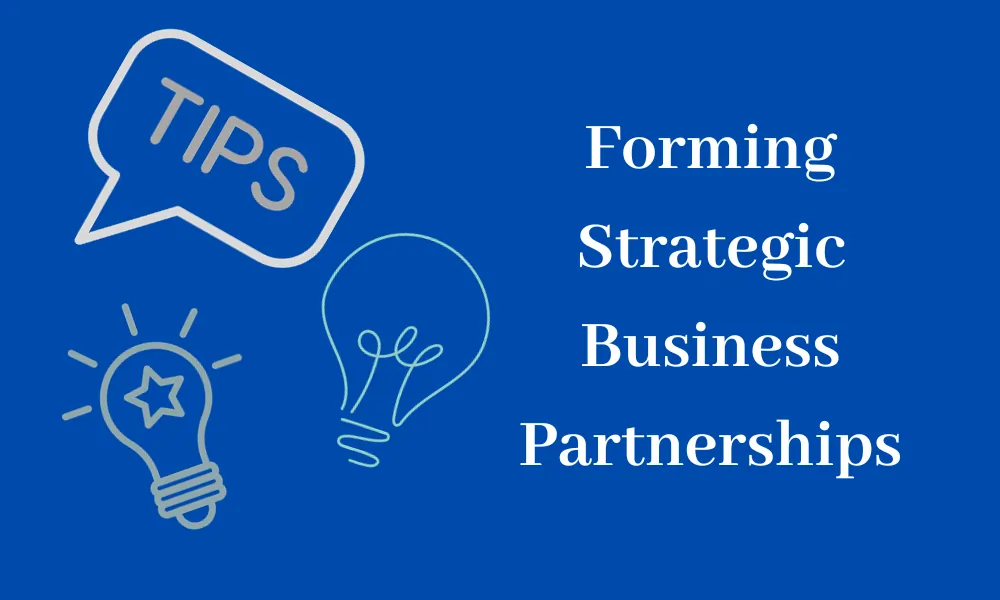
Forging strategic partnerships expands distribution and joint solutions. Here’s how LinkedIn enables this efficiently:
Discover Potential Partner Prospects
LinkedIn makes it easy to identify prospects for channel partners, integration partners, referral partners, etc by filtering using:
Non-Competing Companies by category
Technologies Used/Provided to assess product fit
Groups based on shared interests and focus areas
Skills and expertise revealing overlap to build joint offerings
Shortlist prospects already aligned to accelerate partnership agreement.
Research Prospects Deeper
Vet the true potential of prospective partners by researching further:
Leadership – what connections, experience, and vision do execs have?
Employees – size, growth, churn, tech strengths, culture indicators
News & Updates – latest product launches, funding events, growth signs
Customer Wins & Losses – momentum signals based on logos gained/lost
Gain 360 context before reaching out to refine priorities accordingly.
Connect to Initiate Relationship
Once prospects are validated, connect via:
- Personalized InMail conveying potential for collaboration
- Introduction request through any shared connections
- Commenting on their posts sharing strategic thoughts
Share use cases, and negotiate partnerships via messages or meetings.
Activate partnerships by showcasing each other’s content, co-creating collateral, having execs endorse each other, and amplifying events, launches, etc.
Measure the impact on shared KPIs like leads generated, pipeline influenced, and revenue generated to determine success over time.
So in summary – LinkedIn data minimizes guesswork in discovering and validating strategic alliances to grow market expansion.
Showcasing Culture & Employer Brand

Beyond commercial outcomes, LinkedIn also provides a platform to highlight your employer brand to strategic audiences like:
Prospective Employees – Attracting and engaging talent
Prospective Customers – Added confidence in your team behind solutions
Prospective Investors – Demonstrating company health and momentum
Here’s how to showcase the employer brand effectively:
Optimize Company Page Careers Section
Expand the careers section spotlighting employee journeys, perks, DEI commitments, etc. Employees are top advocates so enable them to showcase culture.
Encourage Employee Advocacy
Incentivize staff to share achievements, milestones, and learnings regularly. This humanizes your brand through authentic perspectives directly from staff benefiting rather than corporate platitudes alone.
Foster Talent Community
Engage prospective candidates by sharing job openings, hosting takeover days allowing staff to take over your Company Page, Q&As, etc. Humanize the early stage of the talent pipeline.
Publish Insider Perspectives
Vulnerability and authenticity connect today. Enable employees to publish blog posts sharing their honest individual journeys – challenges faced, wins achieved, lessons learned. Breaks corporate façade to build trust.
So in summary, enable and empower internal talent to increase external brand appeal by showcasing real employee perspectives. Boosts multiple stakeholder confidence beyond just solutions alone.
Also Read – How to Create Engaging and Storytelling Techniques for LinkedIn Posts for B2B Marketing
Competitor & Market Research

Of course, no business development discussion is complete without covering intelligence gathering on the competitive landscape.
LinkedIn provides unmatched insider intelligence to outmaneuver the competition, unseen with outside-in market research alone.
Track Competition
Follow key competitor company pages across dimensions like:
- Launches – what offerings launched, how messaging positioning against you?
- Leadership – what backgrounds and blindspots influence strategy calls?
- News & Updates – funding events, IP acquisitions, turnover signals impacting roadmap
- Employee Changes – what expertise was gained/lost based on churn patterns?
- Customer Wins/Losses – what logos expand/contract footprint against you?
Identify Adjacencies
Look beyond existing competitors using LinkedIn data signals to uncover new pockets of opportunities:
- Technology integrations – what complementary tech partnerships form?
- Group conversations – what challenges are discussed most in relevant groups?
- Content engagement – what topics and themes gain the most traction in your category?
Proactively pursue whitespace spots competitors miss out on.
Inform Strategic Moves
Arm leadership with trends intelligence to sharpen decision-making and strategic response across functions:
- Product – address gaps, leapfrog roadmap
- Marketing – evolve positioning and narratives
- Sales – win against shifting buyer needs
- HR – add missing expertise
So in summary, LinkedIn provides early warning signs and adjacent possibilities competitors miss out on to outflank competition.
Key Takeaways & Next Steps
We’ve covered a lot of ground across LinkedIn’s immense potential to accelerate business development if systematically harnessed across functions:
- Demand Gen – Identify and nurture hyper-targeted prospects while attracting wider net through optimized content visibility over time. This drives inbound lead gen flywheel effect.
- Customer & Partner Expansion – Tap into LinkedIn’s unmatched intel and access to contacts across entire accounts for more strategic success and growth.
- Strategic Alliances – LinkedIn data minimizes guesswork in discovering and validating strategic alliances to grow market expansion.
- Employer Brand – Enable and empower internal talent increase external brand appeal by showcasing real employee perspectives. Boosts multiple stakeholder confidence beyond just solutions alone.
Of course this just scratches the surface but hopefully gives you frameworks to translate LinkedIn’s potential into tangible business development outcomes.
Now it’s over to you. Which business development opportunity presented here aligns most to your biggest priorities in 2023?
Start there and systematically execute using LinkedIn best practices shared here. The platform puts the power right in your hands if applied diligently.
Here’s to accelerating growth and partnerships this year!


